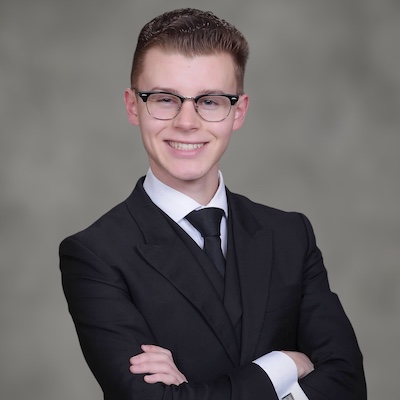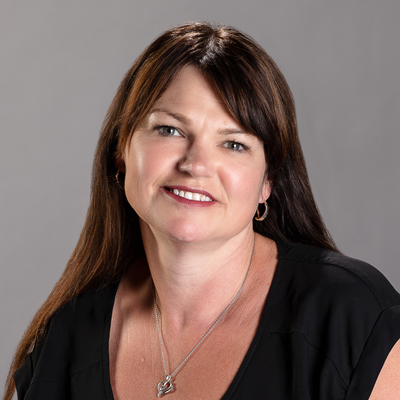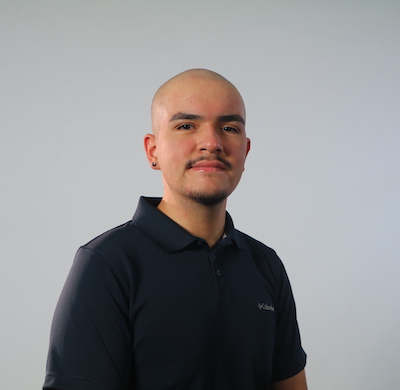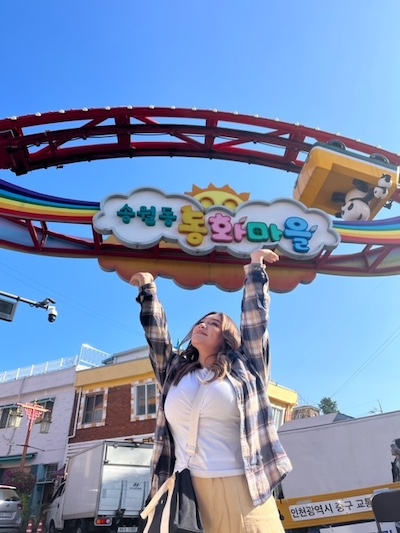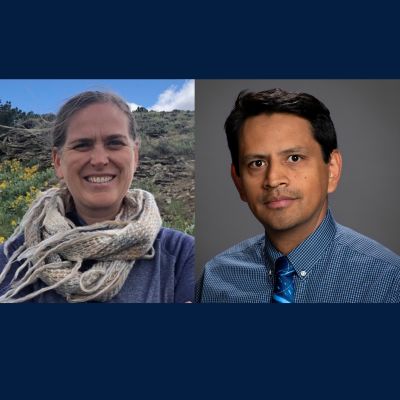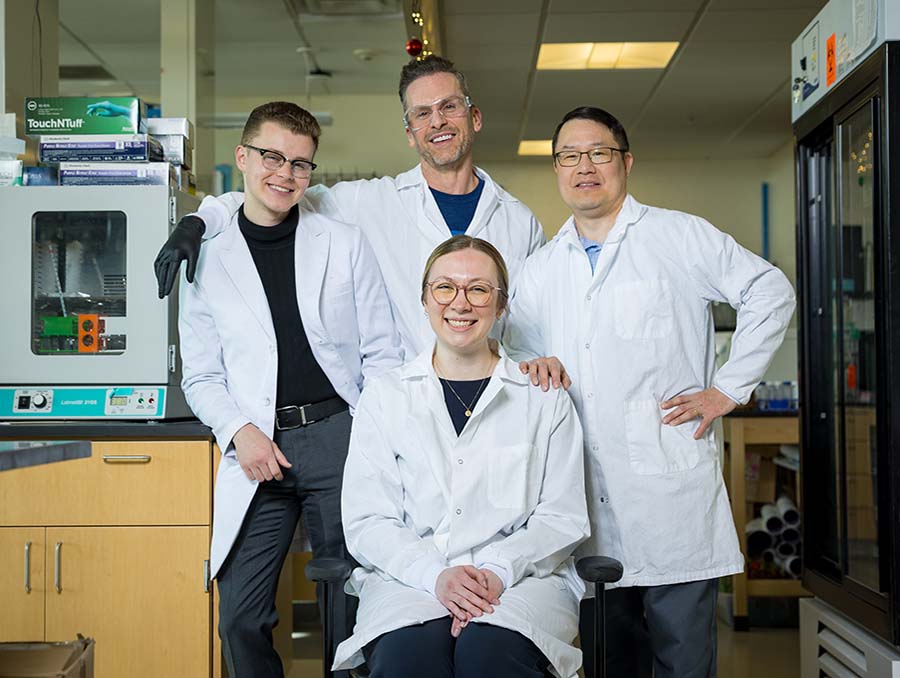It’s up to us
Undergraduate researcher Riley Gillis is making a global impact through his work in immunological methods to reduce disease in developing countries
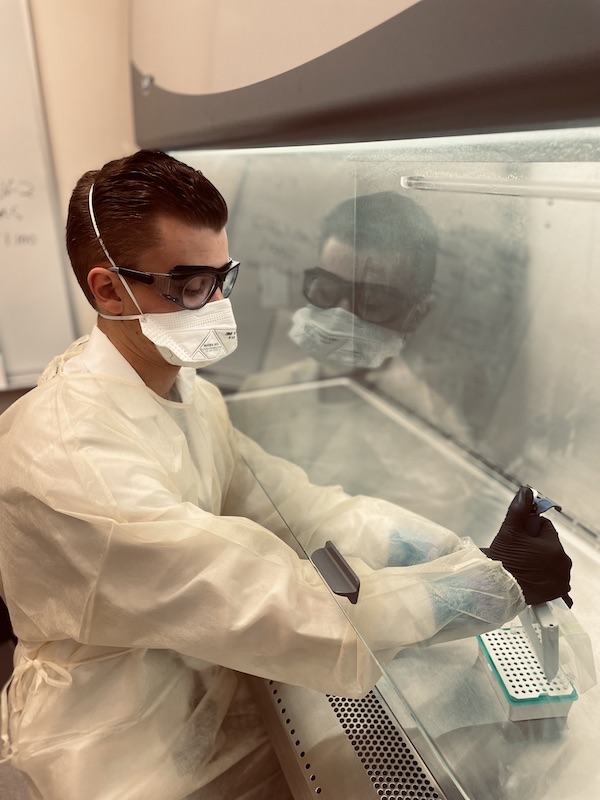
Non-specific malaise, body aches, fever and chills that may progress to bloody vomiting and diarrhea; bleeding out of the eyes, nose and mouth; multi-organ failure; and, ultimately, death.1,2
As a young boy, I read The Hot Zone3 by Dr. Richard Preston, a “somewhat sensationalist” book recounting the 1989 Ebola incident in Reston, Virginia less than 15 miles from the nation’s capital. A group of scientists were deployed to investigate a monkey house where non-human primates were dying of an unknown hemorrhagic fever that seemed to spread by air. The author went on to tell of how they tracked a close relative of the virus to Africa and carved through the jungle to hunt for its origin, only to be evaded by the murderer who disappeared just as quickly as it had emerged. Both my greatest dream and worst nightmare were born from reading that book, and its vivid depiction of medical scientists standing between humanity and disease changed my life forever.
I will never not be troubled by Dr. Preston’s Ebola story and the fact that, for tens of thousands of people, it is not simply a story.
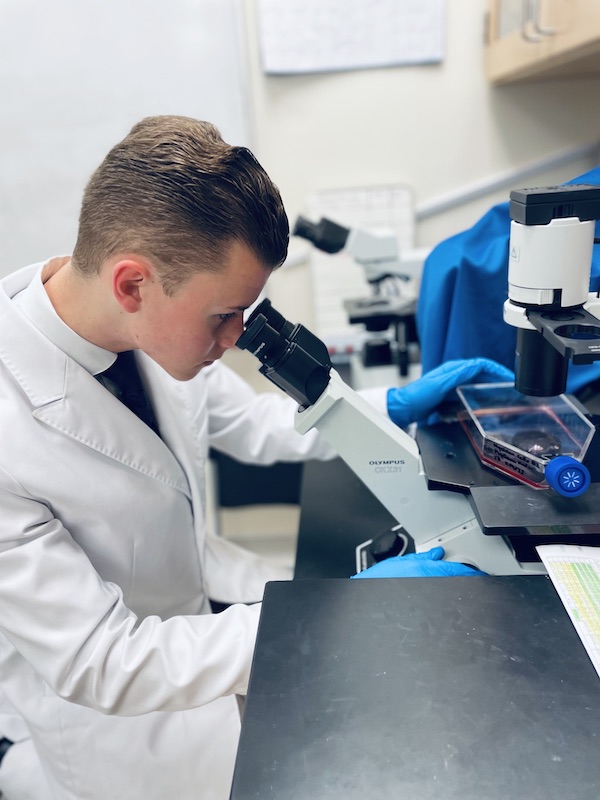
Psychology teaches us about the bystander effect. Individuals are less likely to help someone who needs it while in the presence of other people.4 If someone is dying in a room with only one other person, they are much more likely to receive help than if the room were full of 10 or 100 people. An individual feeling of responsibility diffuses into nothing when there is a large enough crowd to collectively bear the burden.
What happens when a group of people are sick and dying in a world full of 8 billion bystanders? Who will step up to help those in need?
There are thousands of kids not much younger than me who die every day of preventable disease, whether that’s Ebola, malaria, cholera, AIDS or other diseases of poverty.5–8 It’s easy to forget while writing this blog on my Macbook in my heated condo next to a glass of clean tap water – or while reading it on your couch with your iPhone next to your warm meal – that these are real issues faced by real people. Parents, grandparents, brothers, sisters, children just like us with hopes and dreams, faced with some of the most disturbing and traumatic things known to man.
The only thing that separates us from them is that we happened to be born somewhere else.
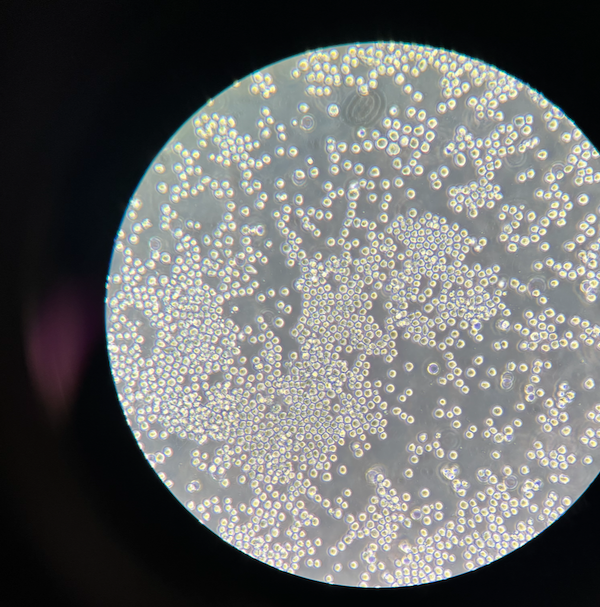
Now, over a decade after my first Ebola reading, I work in a humanitarian and biodefense laboratory that studies this very affliction.
I was incredibly fortunate to be hired by a generous team of researchers (the AuCoin/Kozel lab at the Center for Molecular Medicine), despite having no laboratory experience or relevant coursework when I applied.
It may feel out of reach for some students in Nevada to create global impact, but this belief couldn’t be further from the truth. There is significant research going on at our Carnegie R1 research university.9
Just one example is Dr. Thomas Kozel – professor of microbiology & immunology at UNR Med and Co-Principal Investigator of the AuCoin/Kozel lab – who helped lead an effort to create a cryptococcal meningitis rapid test (the “CrAg” test) in 2011. After FDA approval, he was able to release a diagnostic that is estimated by the Centers for Disease Control to save up to 100,000 lives per year.10
You don’t have to win the lottery or be the top researcher at Harvard to make a difference. All it takes is passion and the honest belief that we can work together to tangibly change lives.
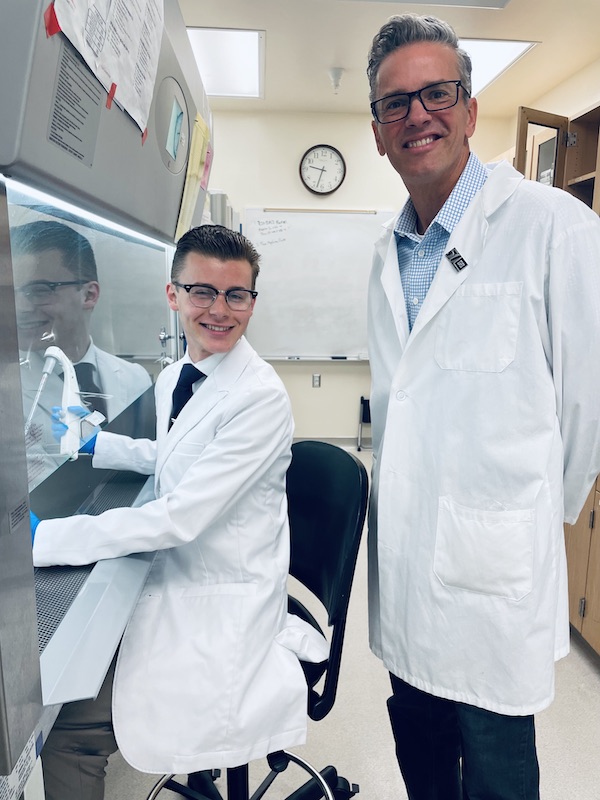
Dr. Preston’s book concludes by promising that Ebola would return – and he was right. Since he published his book in 1994, there have been 18 major outbreaks of Ebola, sometimes killing up to 90% of infected individuals, resulting in the gruesome deaths of tens of thousands of people.5
But Ebola isn’t the only issue that plagues our society. With the “looming doom” of famine and drought, global warming, crippling infrastructure, dysfunctional education and justice systems, and world war, it can be difficult to stay hopeful.
Still, I’m hopeful that my generation – regardless of geography – will work together to make this society a better place to live for our children.
It’s up to us to make a change in the world and in the lives of those who need it.
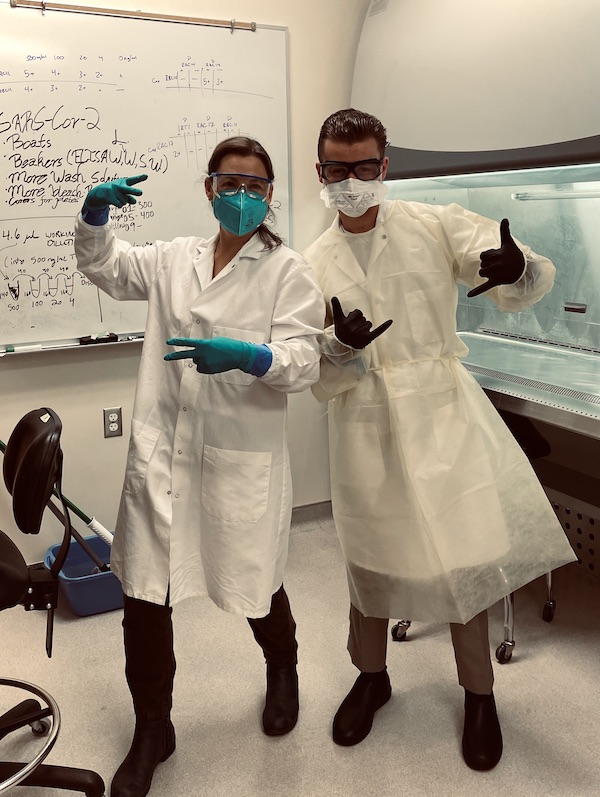
References
- Wolf T, Kann G, Becker S, et al. Severe Ebola virus disease with vascular leakage and multiorgan failure: treatment of a patient in intensive care. Lancet Lond Engl. 2015;385(9976):1428-1435. doi:10.1016/S0140-6736(14)62384-9
- Signs and Symptoms | Ebola Hemorrhagic Fever | CDC. Published March 23, 2023. Accessed December 3, 2023.
- Preston R. The Hot Zone. 1st Anchor Books Edition Knopf Doubleday Publishing Group; 1994.
- Cherry K. What Psychology Says About Why Bystanders Sometimes Fail to Help. Verywell Mind. Accessed December 3, 2023.
- History of Ebola Disease Outbreaks | History | Ebola (Ebola Virus Disease) | CDC. Published August 30, 2023. Accessed December 3, 2023.
- Malaria. Accessed December 3, 2023.
- Cholera. Accessed December 3, 2023.
- Sands P. Ending AIDS Among Children Can Be An Inspiration Toward Ending All Preventable Deaths Among Children. Forbes. Accessed December 3, 2023.
- Sandoval B. University Once Again Recognized a Top Research University by Carnegie Classification of Institutions of Higher Education | President’s Messages. University of Nevada, Reno. Accessed December 3, 2023.
- Thomas Kozel | Microbiology & Immunology Undergraduate Program. University of Nevada, Reno. Accessed December 3, 2023.
About the author
Riley Gillis is an undergraduate researcher and MARC Nevada Fellow at the University of Nevada, Reno School of Medicine. Working under Principal Investigator Dr. David AuCoin, his primary interests are immunological methods to reduce disease in developing countries and biodefense. His current projects include Eastern Equine Encephalitis, COVID-19 and Ebola disease.

